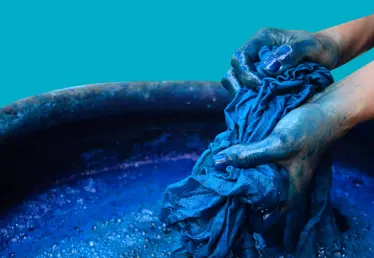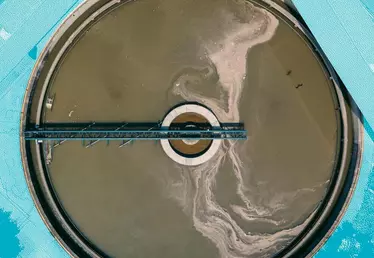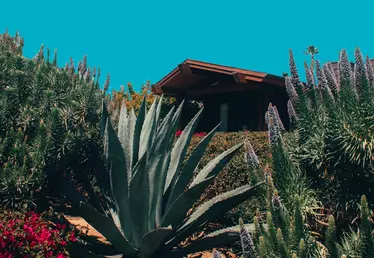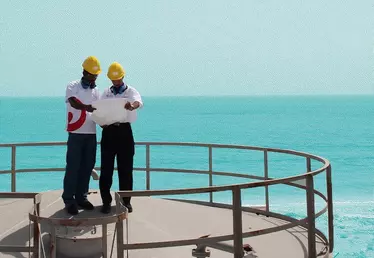
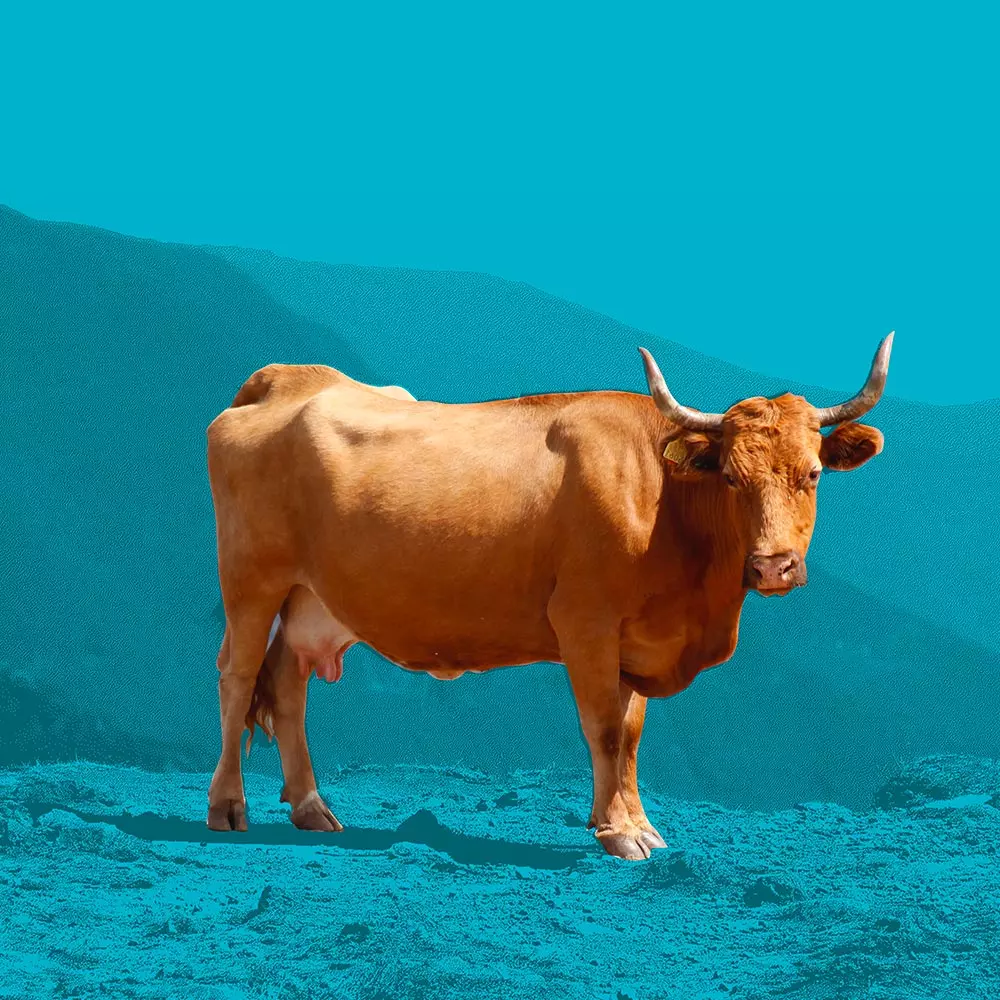
This factory uses water from the dehydrating milk process to power its systems and reduce water stress
5 min
The Nestlé baby milk plant in Qingdao, China, reuses the large amount of water it removes from milk during the dehydration process. A good way of preserving resources in a region that suffers from chronic water stress.
20% of the world's population lives in China, but the country has just 7% of the planet’s water reserves. Year on year, the country has to cope with chronic water stress. According to the WHO, the situation is particularly serious in the north east of the country, and in Qingdao in Shandong Province in particular where Nestlé has one of its milk powder production plants.
In recent years the city has grown rapidly to reach a total of 5 million inhabitants. As a result, the divide between supply and demand for water has widened considerably, limiting the city’s economic, social and environmental development. Industry, for example, needs huge amounts of water to operate. "After agriculture, it is the biggest water consumer with nearly 22% - as against 8% for households," says Nestlé. Aware of the need to preserve water resources in the country, the Swiss agri-food company has rolled out its international water recycling program at its Qingdao plant. Known as the "zero water consumption program", it has been put into action thanks to a Veolia solution.
Putting "cow water" back into the plant’s production circuit
Veolia began by optimizing wastewater treatment. Instead of discharging it into the sewers, the water is treated before being injected back into the plant's water system. Veolia then developed a technology to recover and treat the large volume of water in cow's milk. “It’s 87% water. When you dehydrate it to make milk powder, you get huge amounts of water," says Peter Stokes, Key Account Manager at Veolia Water Technologies.
Before it can be used the "cow water" has to be treated to remove the mineral salts, organic compounds and bacteria – which is what gives milk its strong smell. The purified water is then injected back into the plant's water systems: cooling circuits, cleaning, industrial processes. The plant can then operate even with water stress!
Following on from Lagos de Moreno in Mexico and Mossel Bay in South Africa, it is the third Nestlé powdered milk and dairy site to have chosen Veolia's solution for its zero water consumption program.
The Qingdao plant now recovers
16 500 tons of water a month, the equivalent of six Olympic-sized pools, saving an average of
500 000 liters of water a day.
The icing on the cake is that it also limits the amount of wastewater discharged into the environment.
"In certain production and weather conditions, our plants even produce more water than they consume," says Peter Stokes. “That’s what happened at the Nestlé plant in Mexico, which in 2018 sold its excess recycled water to a neighboring plant."
In the future, Nestlé will deploy its zero water consumption program across the world in all its plants – and especially those in China.






